7 Ways To Treat And Minimize Tummy Tuck Scars
There are some effective ways to deal with the mark left behind after an abdominoplasty procedure.
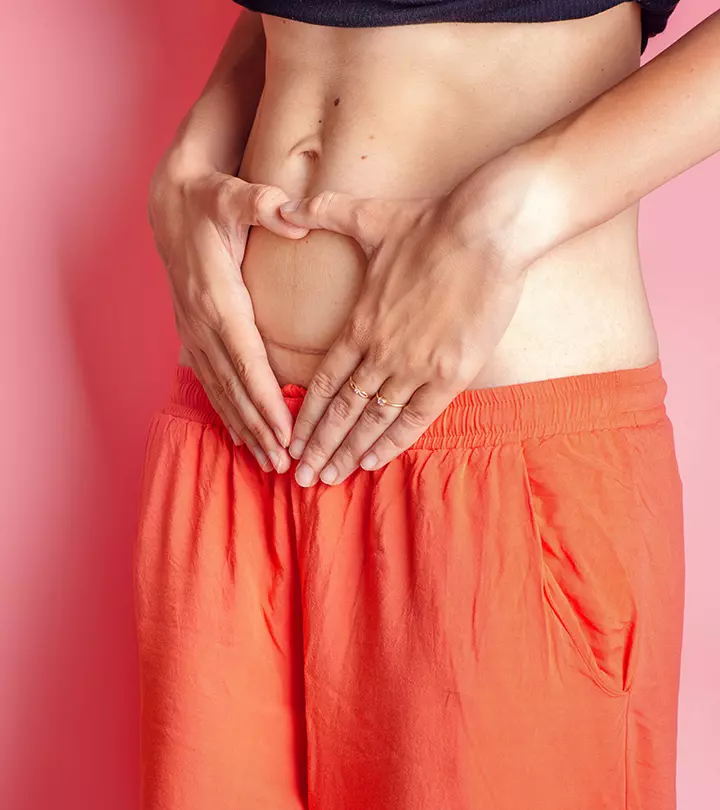
Image: shutterstock
Abdominoplasty or tummy tuck surgery can leave scars on the abdomen area. They may not go away completely, but you can fade them with tummy tuck scar treatments. You can go for several procedures and follow simple aftercare measures to fade the scars. Keep reading to know more.
In This Article
What Is A Tummy Tuck?
A tummy tuck is a cosmetic surgical procedure that helps improve the aesthetics of your abdomen. It is also called abdominoplasty and aims to remove excess fats and skin from the abdominal area. The remaining tissues – fascia (sheets of connective tissues) and skin – are sutured together to give you a tightened and toned look.
The tummy tuck is different from liposuction, and the two should not be confused. You can opt for liposuction along with the tummy tuck for added benefits.
A statistics report by the American Society of Plastic Surgeons revealed that tummy tuck was one of the top 5 cosmetic surgeries performed in 2017. The number of tummy tuck procedures performed in 2017 was 129,753 which increased by 2% from 2016.
Scars are a major problem associated with tummy tuck procedures. However, taking precautions before the tummy tuck surgery can take you a long way towards reducing the post-operative scars.
Key Takeaways
- The appearance and degree of scarring partly depend on the type of tummy tuck procedure that is done.
- Preparing before the procedure by eating and sleeping well, avoiding smoking, and applying vitamin E after the surgery can help to quicken the recovery process post-operation.
- Steroid creams, laser treatment, surgical scar revision, punch grafts, and microneedling are some of the best treatment options for tummy tuck scars.
How To Prepare For A Tummy Tuck
Here are a few things to keep in mind before undergoing a tummy tuck:
1. Choose A Skilled Surgeon
Choosing a skilled surgeon is the most important aspect to ensure a successful surgery. An experienced surgeon with a high success rate can improve your surgical outcome. Before you decide on the surgery, talk openly with them about your expectations.
2. Discuss The Right Technique
Based on your unique case, the surgeon will decide the tummy tuck techniques. Total tummy tuck (abdominoplasty) is more invasive. A standard or full tummy tuck uses a hip-to-hip incision. The extended tummy tuck technique uses a horizontal incision that may reach around the hips, and the scars are visible. The fleur-de-lis technique requires a vertical incision (difficult to hide).
Mini tummy tucks (partial abdominoplasty) require a 4-8 inch incision above the pubic region, cause minimal scarring, and are easier to hide. This technique is suitable for those who need just a little bit of work on the abdomen region and remove the fats under the navel area. Usually, the belly button retains its position in this type of tummy tuck.
3. Change Your Lifestyle Habits Before The Procedure
Your habits can influence your healing. Chronic smoking or consuming alcohol regularly may delay wound healing and increase the chances of scarring.
Refrain from smoking altogether for at least a couple of weeks before the surgery. Merely cutting down on the number of cigarettes is not sufficient; you will need to stop smoking. Also, get adequate sleep to stimulate your healing responses and reduce the risk of infections.
 Quick Tip
Quick Tip4. Eat A Well-Balanced Diet
A healthy diet inclusive of all the essential nutrients is important for wound healing. However, avoid trying out any extreme diets for a few weeks before the surgery.
5. Avoid Certain Medicines
If you are taking any prescription medicines, herbal remedies, or supplements, inform your doctor. You may need to stop taking specific medications for a specific duration before and after your surgery. Your doctor will be able to guide you better.
These are some precautions to take before the procedure to accelerate the healing of your tummy tuck incision. Keep reading to find out how you can heal scars after the surgery.
What Should You Do After A Tummy Tuck Surgery?
Follow these aftercare tips to minimize scarring:
1. Apply Topical Vitamin E
about the effects of topical vitamin E on scar management. However, it has a therapeutic effect and can show some improvement in scars (as monotherapy or combination therapy) (1).
Donna Kay Parrish, a licensed esthetician says, “I have always suggested the use of Vitamin E oil on scars. I have seen improvement in the pigment in just a short use. Always avoid the sun because of the hyperpigmentation. The scar will darken with just one exposure.”
Vitamin E moisturizes the scar and softens the scar tissue, thus promoting fast healing. You may use vitamin E products, creams, and ointments on the scar tissue.
2. Avoid UV Exposure
Scars are susceptible to UV damage
as UV rays induce free radicals in the skin, slowing down the healing process. They also cause hyperpigmentation and worsen the scar. Although it is tempting to flaunt your newly-toned abs with a bikini, it is best to avoid direct exposure to the sun for at least a year.
Apply sunscreen with SPF 30 or more to your scar to protect it from the sun after the tummy tuck. You can opt for sunscreens for scars to ensure better sun blockage.
3. Protect From Infection
Healthy incisions ensure minimal scarring on healing. You should clean your incision as per your doctor’s instructions to prevent infections and ensure proper healing.
If you notice any signs of infection, consult your doctor immediately. Signs of infection may include:
- Discharge from the incisions
- Excessive bleeding from the incision
- Swelling, discoloration, redness, or itching along the incision that keeps worsening
- Unpleasant odor along the incision
- Fever over 100.4°F (38°C) and chills
- Diarrhea
- Loss of sensation along the incision
4. Other Precautions
Take these precautions to allow your tummy tuck incisions to heal with minimal scarring:
- Walk as much as possible. Moving around will help reduce the risk of swelling and blood clots.
- Avoid lifting heavy weights or excessively bending forward. Avoid strenuous activity for at least six weeks following the surgery as it can injure the abdominal muscles and the skin.
- Avoid engaging in any sexual activity for at least 2-3 months following the surgery.
- Continue to avoid smoking for a few months after the surgery. Tobacco delays the wound healing process.
 Did You Know?
Did You Know?With these tips, you should be able to minimize tummy tuck scarring. However, if these measures do not work, you may have to try the other alternatives mentioned below.
Treatments To Fade Tummy Tuck Scars
The scars take about 12 weeks to heal. However, sometimes, they can take up to a year for complete healing. If you are considering other options for scar healing, you should wait for at least this long. You may try the following options after consulting your doctor:
1. Steroid Creams
can help reduce the inflammation and redness around the scars and help minimize them. They are especially useful for keloid and hypertrophic tummy tuck scars. It can be effective immediately following the surgery or about a month after the tummy tuck. However, using steroids may also cause adverse effects and worsen the scars in some cases (2). Hence, never use steroids unless prescribed by the doctor.
2. Laser Treatment
Laser treatments can enhance the texture of the scars and improve their overall appearance. Ablative and non-ablative laser surfacing can improve the distribution of collagen fibers in the affected areas, promoting faster scar healing (3).
You can check with your doctor to see if laser therapy is suitable for you. You may need to wait after the surgery before opting for laser resurfacing. You may need multiple sessions to see some results, depending on the severity of the scars.
3. Surgical Scar Revision
If your scarring post the tummy tuck is severe, your doctor can recommend a scar revision surgery.
There are several surgical scar revision techniques, and the efficacy of each one will vary from case to case. This surgery will not erase the scar completely. However, it can help improve the tone and texture of your tummy tuck scar to make it less noticeable (4).
You must wait for your scar to complete its healing before you can consider a scar revision surgery. In some cases, the wait may be as long as a year. Your doctor will tell you when you will be ready for revision surgery to minimize the scar’s appearance.
4. Punch Grafts
In punch grafts, the doctor removes the scar tissue with a small tool and replaces it with new healthy skin, usually harvested from other body parts. These plugs are taped into the skin to allow healing for about a week.
The punch grafts do produce some scars upon healing. However, they are less visible and smoother compared to the original.
5. Microneedling
This is also called collagen induction therapy and is performed using a device with tiny surgical-grade needles. The tool creates micro-wounds on the scar tissue. This promotes collagen and elastin development and may reduce the appearance of the scar.
6. Hyaluronic Acid Creams
Hyaluronic acid creams are known for their intense hydration properties, which can be especially beneficial in treating tummy tuck scars. These creams may help maintain moisture balance to create an optimal healing environment and reduce the visibility of scars over time (5). The hydrating effect aids skin cell regeneration and may improve the skin’s overall texture and elasticity.
7. Jojoba Oil
Jojoba oil is praised for its healing properties, making it an effective treatment for tummy tuck scars. Its composition closely resembles human sebum, allowing it to penetrate the skin and promote deep repair (6). Its anti-inflammatory properties may reduce redness and swelling around scars, while its nourishing fatty acids may help in skin regeneration and scar fading. It may soften scar tissue and enhance the appearance of the skin with regular application. However, there has been very limited scientific research so far.
Your doctor may use any or a combination of these treatment methods for better results. Also, the total expenses may vary based on the procedures you get.
Many prefer undergoing tummy tuck surgery after C-section delivery. But is it safe? Find out in the next section.
Is It Safe To Get A Tummy Tuck After C-Section?
Yes, tummy tuck surgery, especially partial tummy tuck, is safe after a C-section. However, you have to wait for at least 6-12 months after the C-section and let the scar heal. Moreover, your body undergoes several changes during pregnancy. The abdominal muscles and uterus stretch to accommodate your baby, and after the delivery, it needs time to heal and revert to its original state. Consult an experienced plastic surgeon if you are considering a tummy tuck after cesarean delivery.
A tummy tuck surgery can leave permanent scars. However, with proper pre-and post-operative precautions, you can minimize the severity of the scars and their appearance. Talk to your doctor before the surgery and follow all the suggested measures. After the surgery, you must let the area heal properly and follow the aftercare suggestions by your doctor. Keep the area clean to prevent any infection, avoid excessive sun exposure, and apply steroid creams and ointments suggested by the doctor. This will ensure the skin heals properly and the scars are not severe.
Frequently Asked Questions
Is aloe vera good for tummy tuck scars?
Possibly not. Aloe vera may help soothe irritated skin but its role in healing tummy tuck scars is not clear. It may not have any significant effect. Hence, consult your surgeon before applying it.
What does a tummy tuck scar look like after a year?
While scars do not disappear, they fade with time. After a year, the tummy tuck scar will be substantially lighter and less apparent.
How often should I massage my stomach after a tummy tuck?
It is recommended to massage your tummy tuck scar multiple times, every day for about 5 to 10 minutes. Consult your surgeon and rigorously adhere to the post-operative directions.
Can I apply lotion to my stomach after a tummy tuck?
Yes, you may apply moisturizing lotions to help soothe or lighten your tummy tuck scar. Make sure to speak with your doctor before applying it.
Why do I look fatter after a tummy tuck?
Experiencing swelling or bloating after a tummy tuck is normal as your normal body functioning was abruptly hindered. It may lead to fluid build-up, which causes you to look fatter temporarily. It may last up to a year. Hence, make sure to consult your doctor in such cases.
Empower yourself with effective techniques for tummy tuck scar treatment by watching this comprehensive video guide. Learn about dermatologist-approved scar creams, massage techniques, and laser therapy, to get smoother, skin after surgery. Hit the play button now!
References
Articles on StyleCraze are backed by verified information from peer-reviewed and academic research papers, reputed organizations, research institutions, and medical associations to ensure accuracy and relevance. Read our editorial policy to learn more.
- The Role of Topical Vitamin E in Scar Management: A Systematic Review
https://pubmed.ncbi.nlm.nih.gov/26977069/ - Current use of steroids in management of abnormal raised skin scars
https://pubmed.ncbi.nlm.nih.gov/17575671/ - Laser treatments in early wound healing improve scar appearance: a randomized split-wound trial with non-ablative fractional laser exposures vs. untreated controls
https://onlinelibrary.wiley.com/doi/full/10.1111/bjd.17076 - Surgical Scar Revision: An Overview
https://www.ncbi.nlm.nih.gov/pmc/articles/PMC3996787/ - Safety and Efficacy of a Scar Cream Consisting of Highly Selective Growth Factors Within a Silicone Cream Matrix: A Double-Blinded Randomized Multicenter Study
https://academic.oup.com/asj/article/39/3/319/5061880 - Jojoba Oil: An Updated Comprehensive Review on Chemistry Pharmaceutical Uses and Toxicity
https://www.ncbi.nlm.nih.gov/pmc/articles/PMC8197201/
Read full bio of Donna Kay Parrish
Read full bio of Ramona Sinha
Read full bio of Anjali Sayee
Read full bio of Monomita Chakraborty









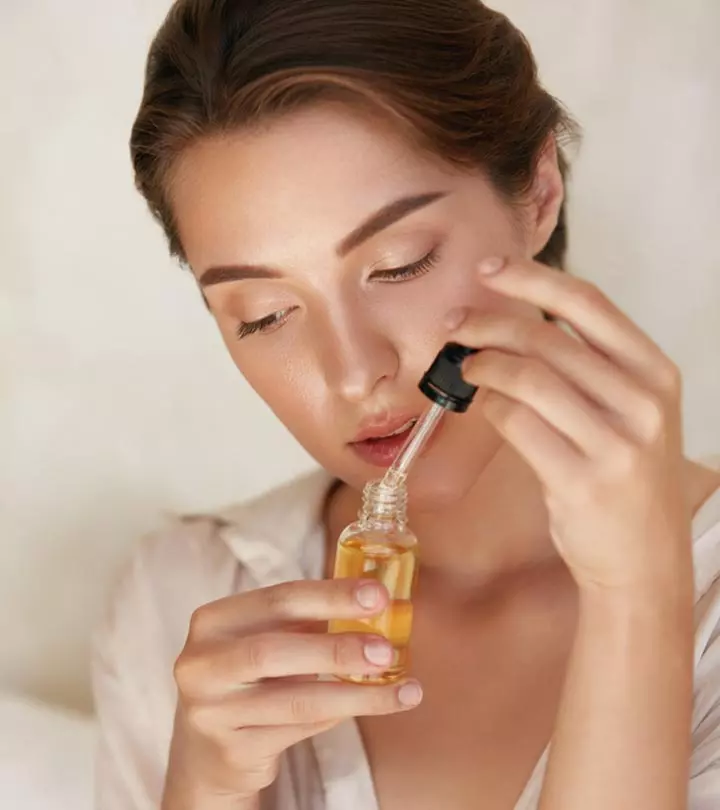


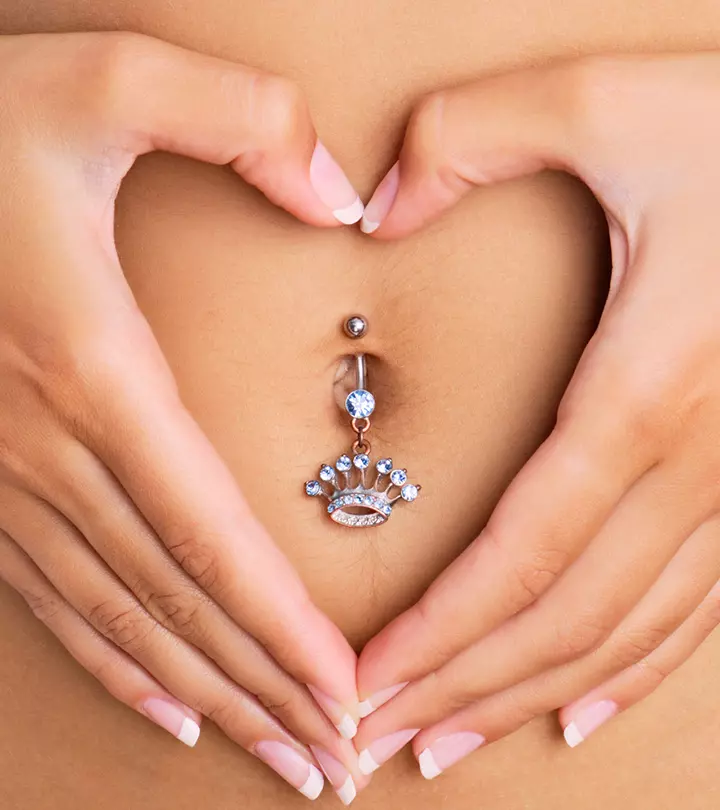
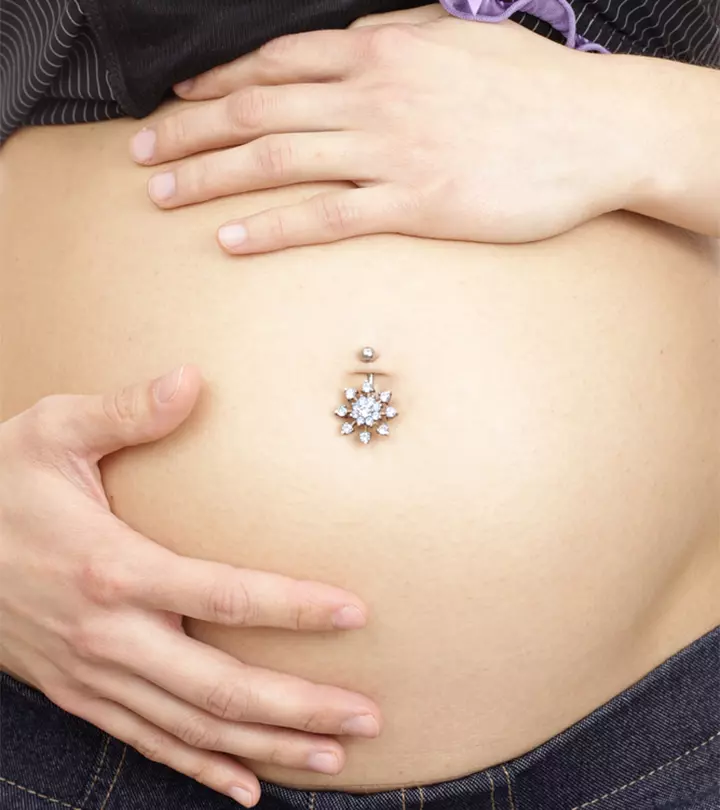

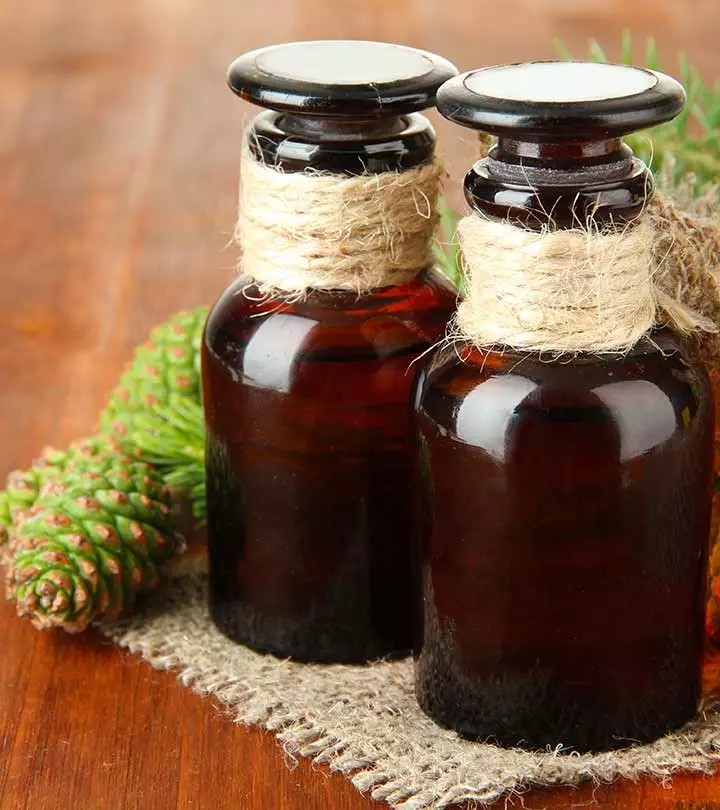
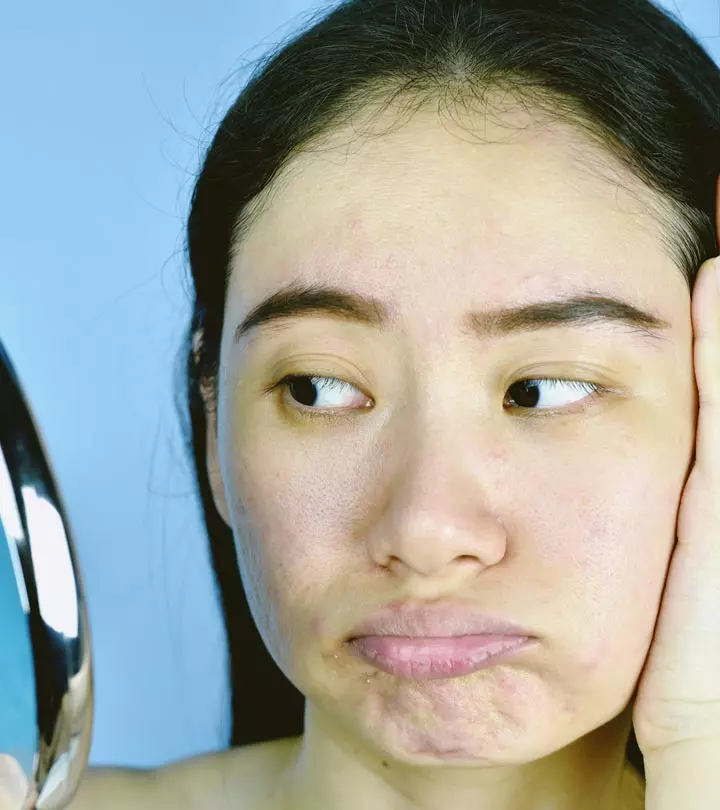



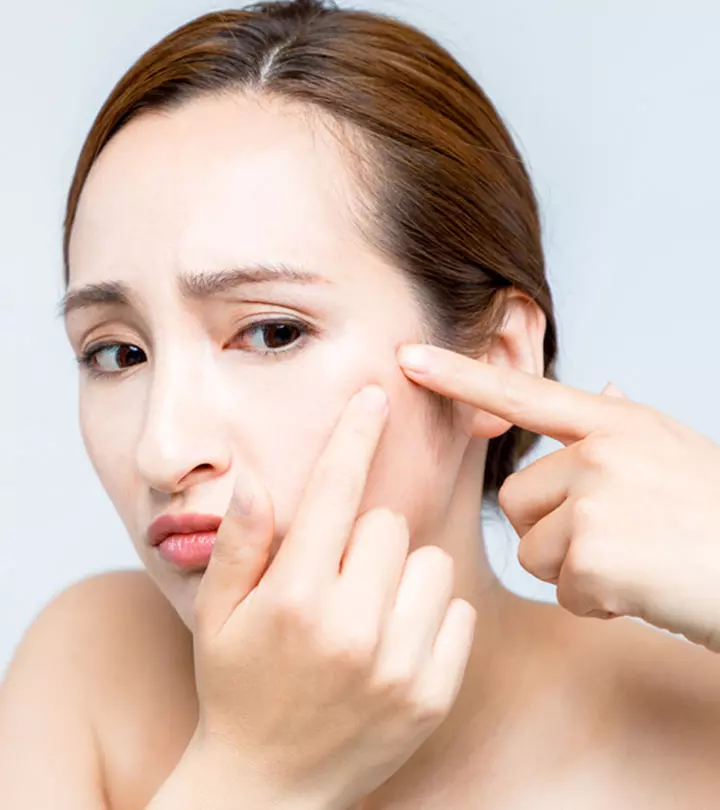



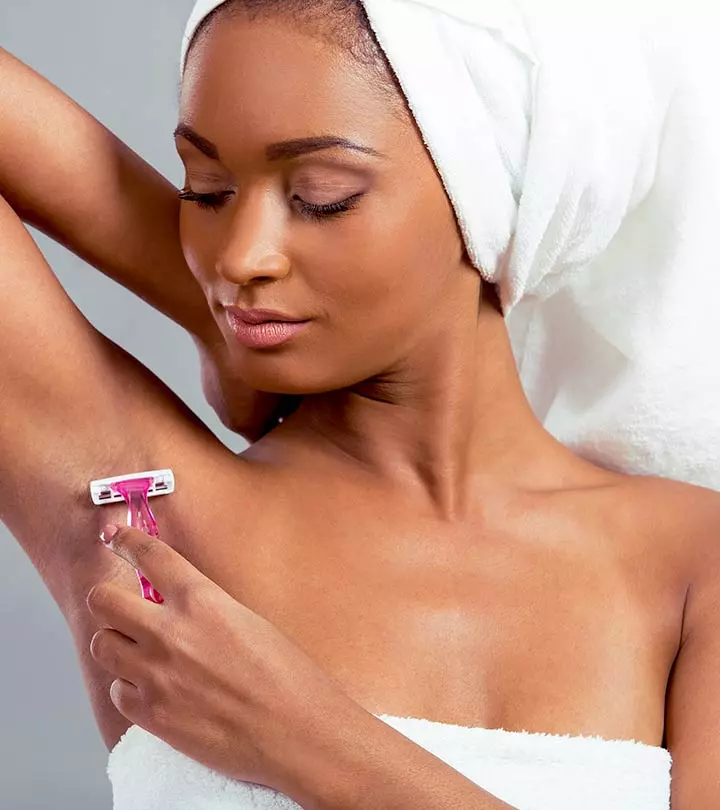
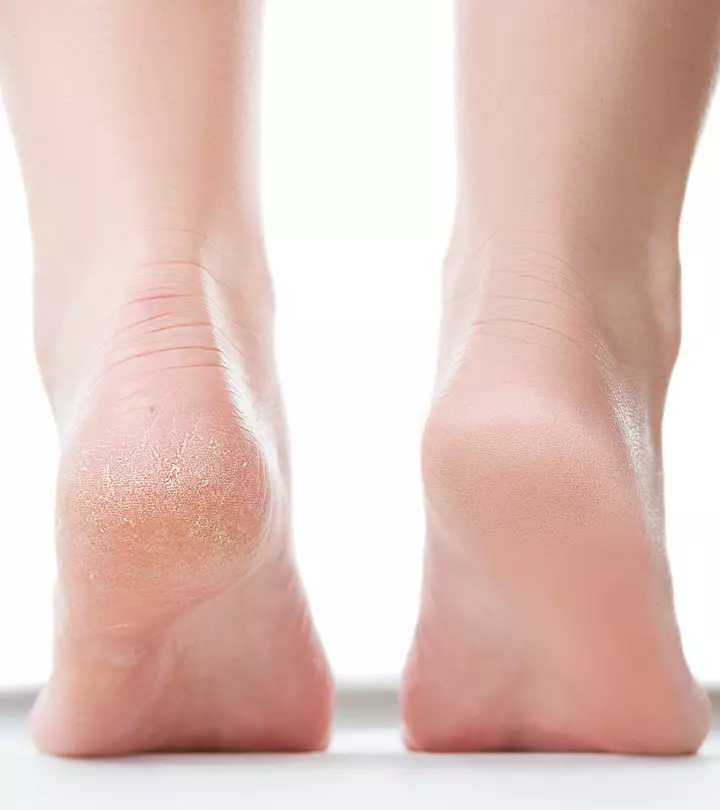
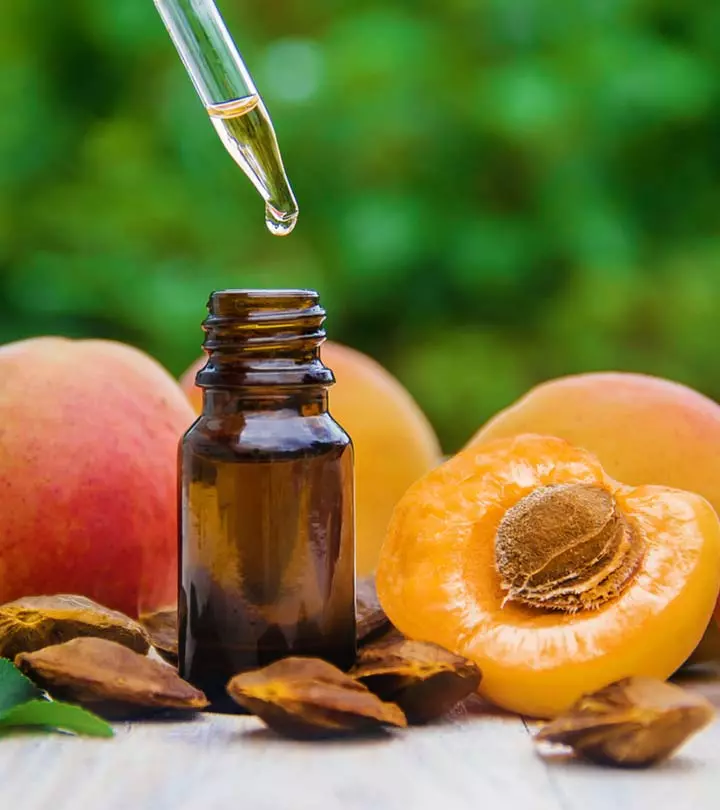
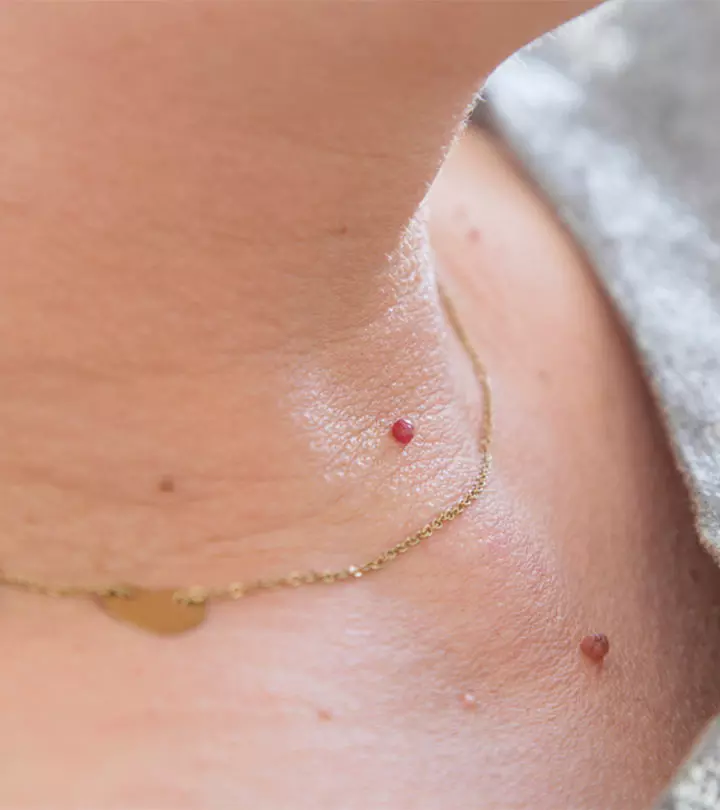
Community Experiences
Join the conversation and become a part of our empowering community! Share your stories, experiences, and insights to connect with other beauty, lifestyle, and health enthusiasts.